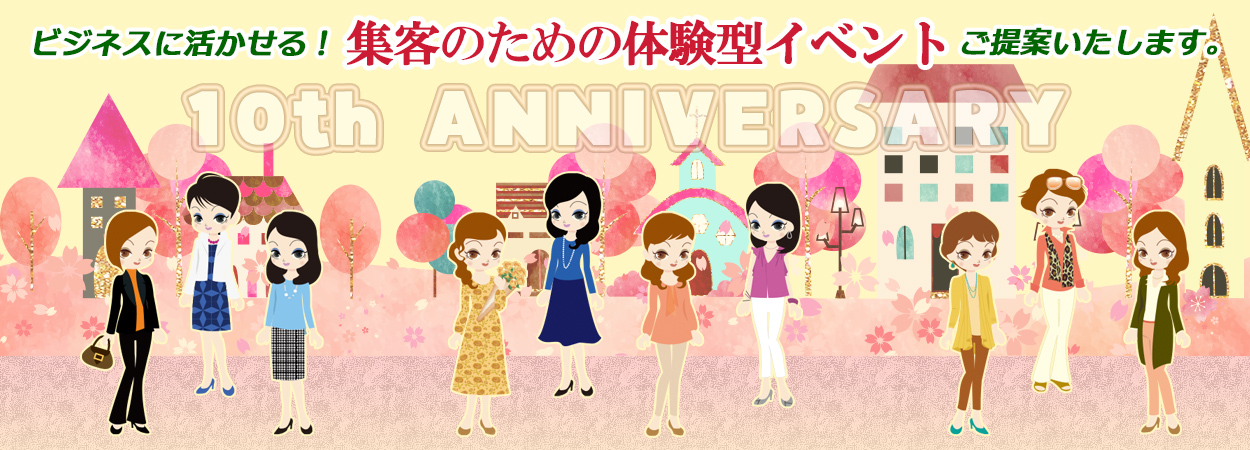From Heijokyo to Heiankyo- in the story of the capital relocation, there was another capital hidden in the depths of history. The name of the capital, which does not appear even in school textbooks, was Nagaokakyo. This column captures the Kyoto life from Nagaokakyo City, where the illusionary capital once existed.
Even the coloring of leaves is a historical event in this town.

This was the catchphrase of Nanzenji Temple used in the “Souda Kyoto, Ikou(Let’s go to Kyoto)” campaign held by JR Tokai in 1995. At the moment, Kyoto is in the midst of fall, with leaves ablaze with autumn colors. The coloring of leaves is a phenomenon in which leaves turn red and yellow before it defoliates. In Japan, the maple tree is often called “Momiji”, which is classified as “Kaede” in botanical terms. Although the Japanese tend to differentiate these two words, all trees which have leaves shape like a baby’s hand are, in the strict sense, all Kaede maple trees.
A flaming red, a dark tinted red

In the end of fall when the air starts to cool, the red, orange and yellow maple trees are all clad in “warm colors”, colors that give an illusion of warmness just by sight. When the sun is out, the portion of the leaf where the sunlight hits looks even warmer to the eyes. One would want to surround himself with warm colors, in preparation for the upcoming winter. When the sunlight hits the red leaves, the leaves become even more aflame with bright red colors. The orange leaves become more yellow, and the yellow leaves blaze as if the leaves themselves are emitting light. Even the slightly tinted green leaves glimmer yellow in the ray of the sun.

When the sun goes down and the wind becomes colder, the flaming colors of the maple start to somber as the leaves go in to shadows. The red leaves starts to gain a hint of black, and even orange and yellow transform in to a dark color, leaving no trace of the brilliant colors in daylight. Of course, it is not that the leaf itself changed in color; the transformation is the result of sunlight and shadows. Today, the continuous natural process in which the leaves change color from green to greenish-yellow, from yellow to orange to red, can be scientifically explained, and the process is now chromatically classified as a natural harmony *1 . But even before all the scientific explanations, people had admired the beautiful fall foliage, and continue to do so today.


*1 Physicist O. Rood proposed the idea of natural harmony in his book Modern Chromatics. It is the idea that the color of leaves look more yellow when in sunlight, and more blue when in shadows. Therefore, a color combination would look more natural and harmonious if yellower colors are chosen when picking bright colors, and bluer colors when picking dark colors.



